What is Gamma-glutamyl Transferase (GGT)?
GGT is an enzyme primarily located in liver and biliary cells but also present in other tissues. It helps break down and recycle glutathione (a major antioxidant) and supports transport of amino acids across cell membranes. Its presence in the bloodstream reflects leakage or upregulation from cells under metabolic or oxidative stress.
Why does GGT matter for long-term health and wellbeing?
Because GGT is very responsive to even modest stress on the liver, it acts as an early warning gauge of cumulative metabolic load, oxidative pressure, and detox demands. Elevated GGT is associated (in observational studies) with features of metabolic imbalance, subtle inflammation, and reduced resilience. By detecting trends early, GGT can help you pre-emptively adjust lifestyle levers before more obvious symptoms or downstream impacts appear.
What’s an optimal level of GGT? (Show lab and optimal ranges)
Reference (common) laboratory range (Australia):
Vively’s proposed “optimal” target (for metabolic health focus):
- < 30 U/L (for both sexes)
So, while a result of, say, 45 U/L in a male is still within the formal lab range, it would lie well above Vively’s optimal threshold—indicating a margin for improvement and risk reduction.
What influences GGT levels?
Many lifestyle and biological factors can shift your GGT, including:
- Recent alcohol intake (even moderate amounts)
- Overnutrition, high saturated fat load, or excess calories
- Environmental toxins, pollutants, or exposure to certain xenobiotics
- Oxidative stress and inflammation
- Some medications or supplements that induce liver enzyme production
- Sleep disruption, circadian misalignment, or metabolic stress
- Genetic factors and baseline liver functional capacity
Because of these influences, it’s best to test consistently (same conditions) and interpret trends, not isolated values.
What does it mean if GGT is outside the optimal range?
If your GGT is elevated above the optimal threshold (but still within the lab “normal”), it suggests your liver’s stress buffer is under strain. It’s an early indicator—not a diagnosis. Over time, this may make weight loss harder, reduce metabolic flexibility, or heighten internal oxidative load. Persistent elevation signals a need to inspect lifestyle, diet, toxin exposure, and recovery systems.
How can I support healthy GGT levels?
You can influence GGT positively through actionable lifestyle steps:
- Minimise or cycle alcohol intake (or abstain if needed)
- Emphasise a nutrient-dense, lower saturated-fat diet with antioxidants and fibre
- Prioritise sleep, circadian alignment, and recovery
- Reduce exposure to environmental toxins or pollutants (e.g. household chemicals, solvents)
- Support liver resilience via hydration, anti-oxidant support (through food more than supplements)
- Monitor medication or supplement burden with guidance
- Track trends over time (not just single measures), to see whether your interventions improve your GGT trajectory
This is a tool for self-insight, not diagnosis. Start testing and tracking GGT now to gain early insight into your metabolic resilience and liver load—so you can steer your health proactively.
This information is provided for general health and wellness purposes only and does not replace medical advice.
References
- Koenig, G. (2015). Gamma-Glutamyltransferase: A Predictive Biomarker
- Lonardo, A. (2022). Concise review: gamma-glutamyl transferase
- RCPA Manual. Gamma glutamyltransferase; Reference intervals (male 5-50 U/L, female 5-35 U/L).
- Pathology Tests Explained. Tests – Gamma-glutamyl transferase (Australia context).
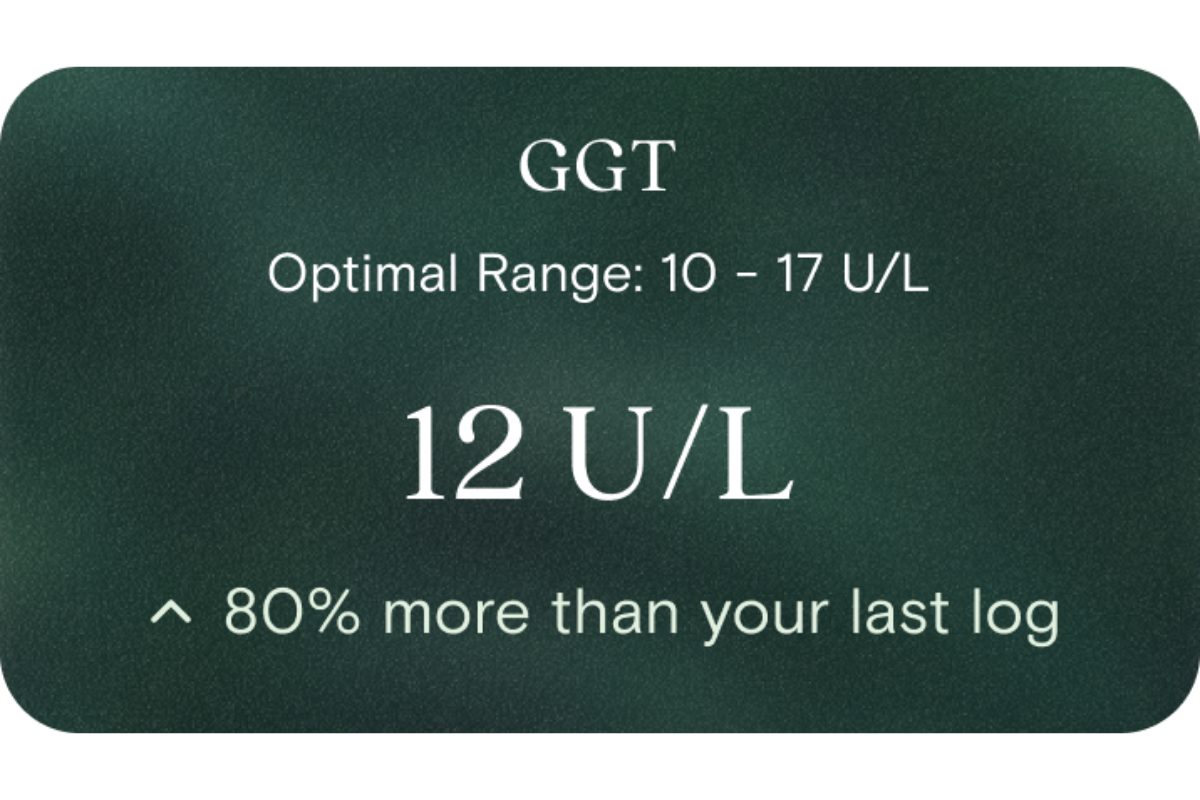











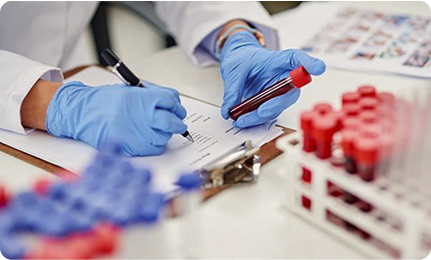
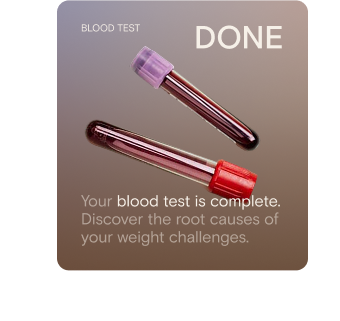

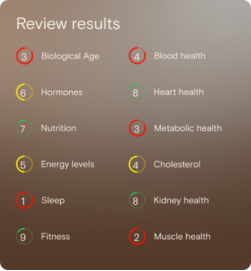

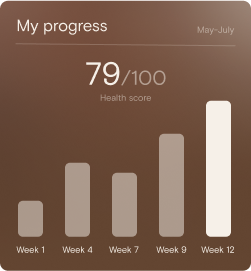


.png)
